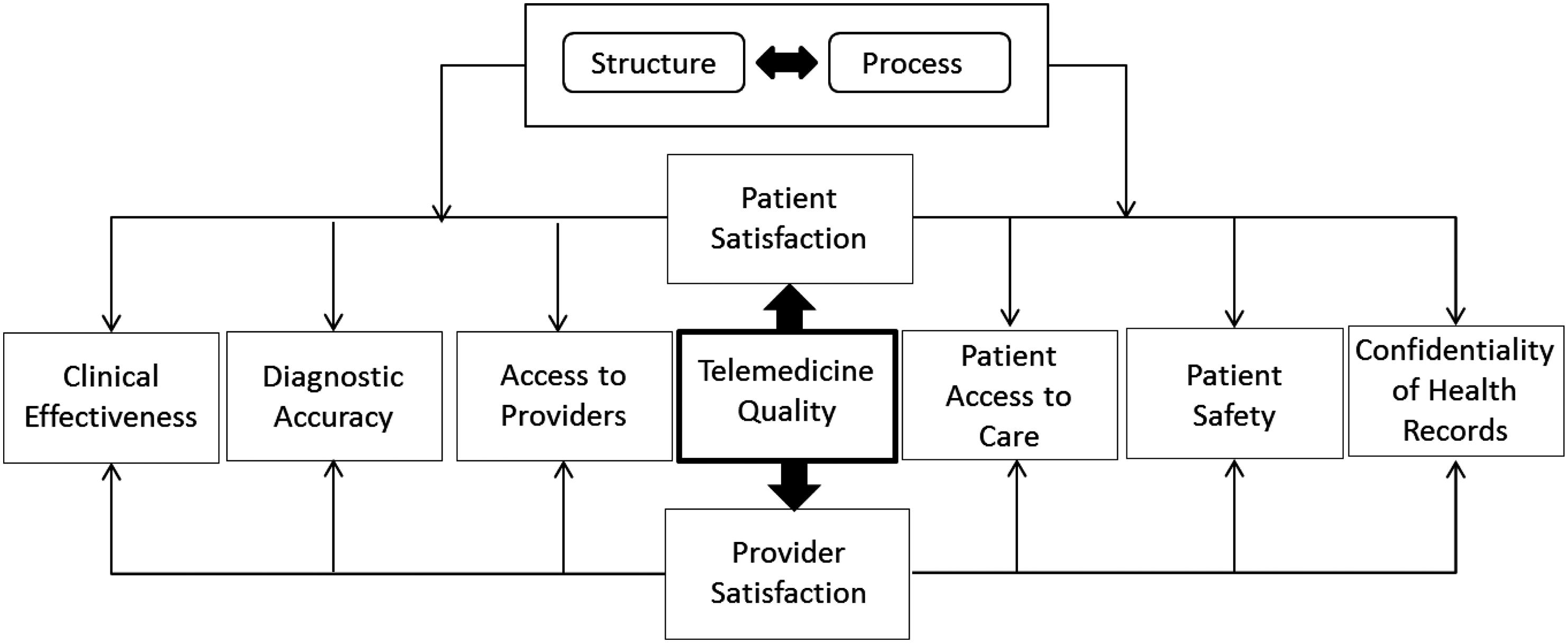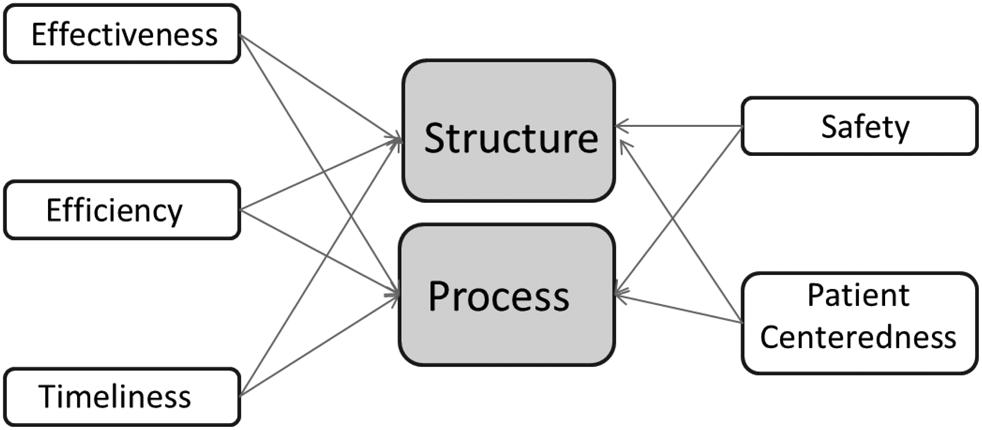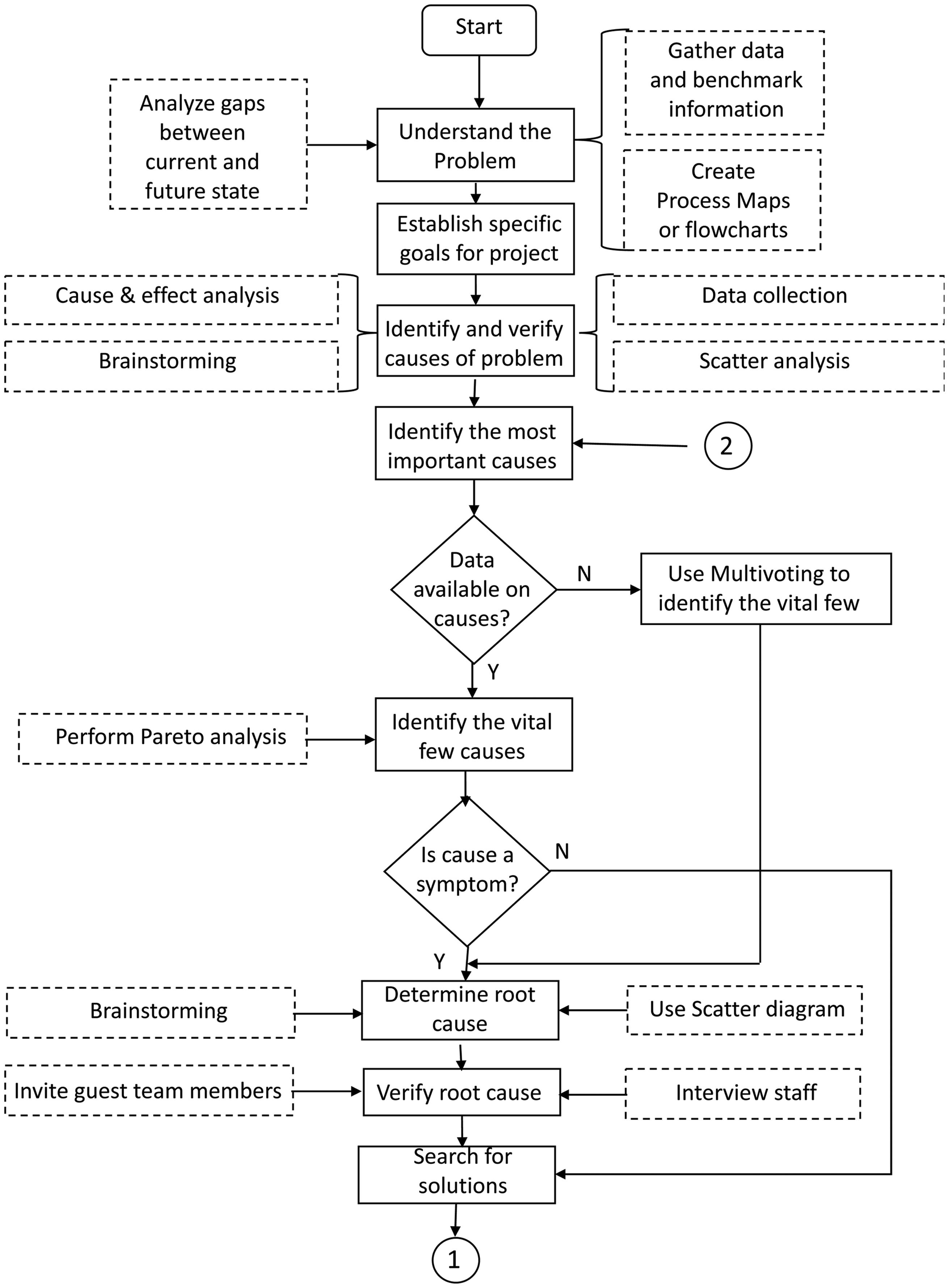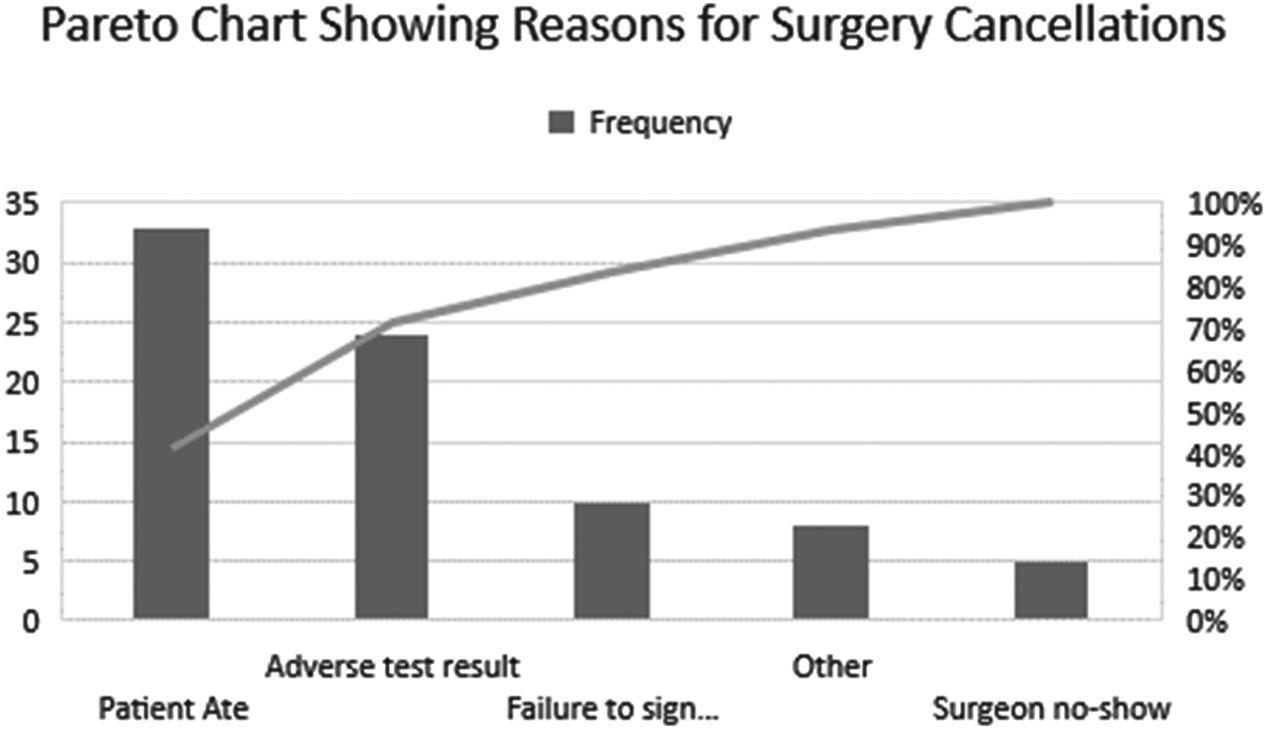Creating Value through Digital Transformation ◾ 191
2. Telehealth—information and health (data/communications) via electronic communication (also email) 3. Mobile health (or mHealth)—via mobile devices (including wearables, smartphone, laptop) 4. Wireless health—wireless technology for medicine (diagnosis, treatment, remote monitoring) Digital transformation is not just about technology. It is about the challenges facing healthcare across the entire ecosystem, including innovation, building a viable and sustainable future for healthcare, and leveraging technology and the abundant, yet unstructured data and information. This is especially important because of the challenges of dealing with security, privacy, and compliance as they relate to personal data. Organizations slow to digitize their offerings and operations (i.e., to adopt a digital-native operating model) over the next three years will find themselves competing for only a minority—and a progressively shrinking minority—of their market segments’ opportunities (IDC FutureScape, 2017). According to FutureScape, by 2020, 60% of all enterprises will have effected an organization-wide digital transformation platform strategy and will be in the process of implementing that strategy as the new IT core for competing in the digital economy. This prediction is about a new enterprise IT foundation for digital transformation: a new way of designing, sourcing, integrating, and running IT that accelerates digital innovation at the scale and pace required to compete in the digital transformation economy. The increasing role of AI is inescapable to healthcare executives. By 2019, 40% of digital transformation initiatives will use AI services; by 2021, 75% of commercial enterprise apps will use AI; over 90% of consumers will interact with customer support bots; and over 50% of new industrial robots will leverage AI (IDC FutureScape, 2017).
Digital Health Applications Mobile applications offer people the ability to monitor, manage, and improve their health, reach their wellness goals, and interact with their healthcare provider. In 2017, there were 325,000 mobile health apps in use via the App store. Since 2016, 78,000 new apps have been added to major app stores (Research2Guidance, 2017). The majority of the applications utilize advanced technology and are quite easy to use.











